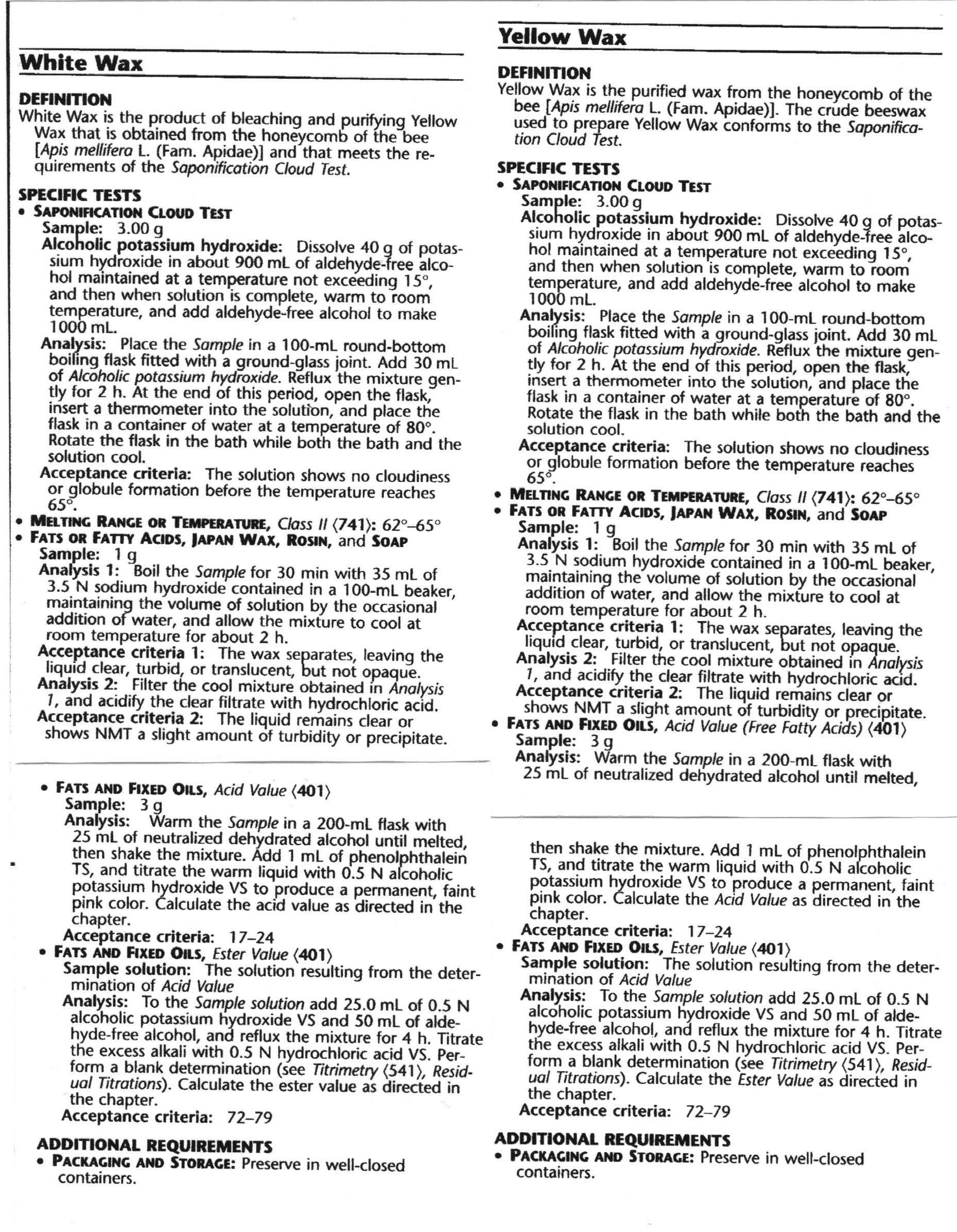For winter walks I love this trail that loops around the National Center for Atmospheric Reseach (NCAR) in Boulder, Colorado. Too rattlesnakey in summer, in winter it’s perfect: easy to get to, lots to see, and short enough to manage with our dog (loves a hike/hates the cold) on a darkening afternoon.
And to take a break.
How about you?















